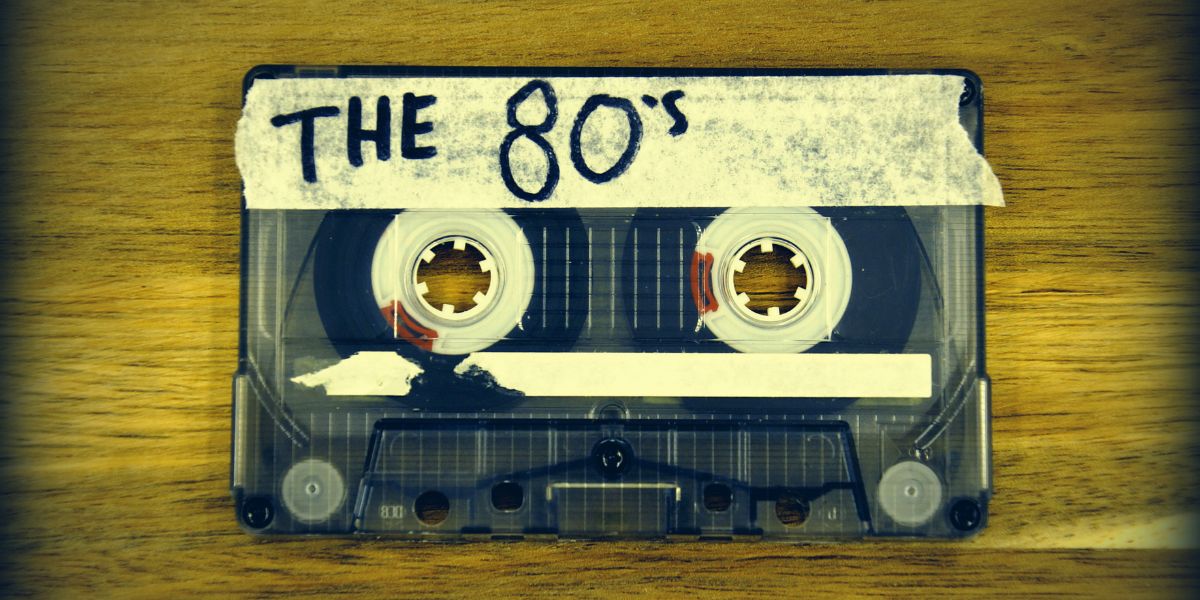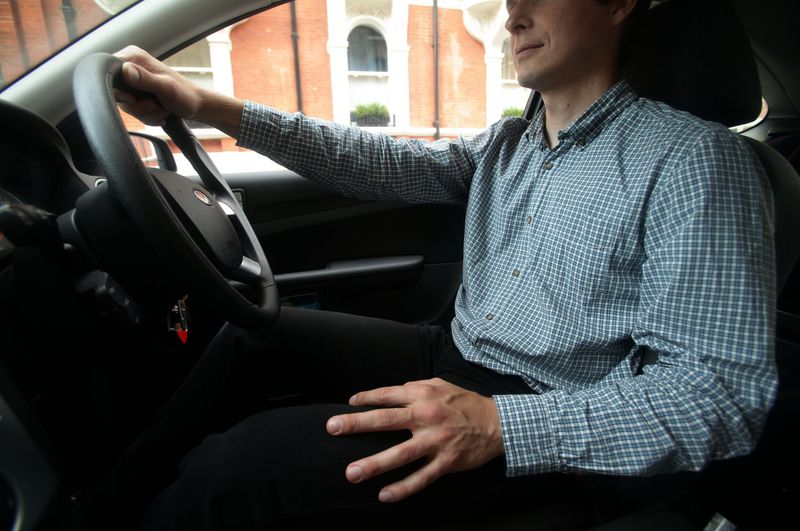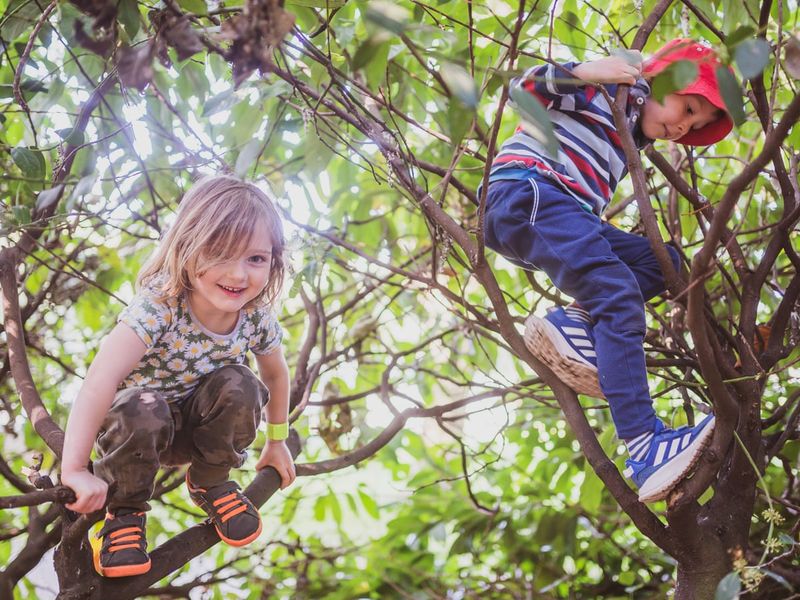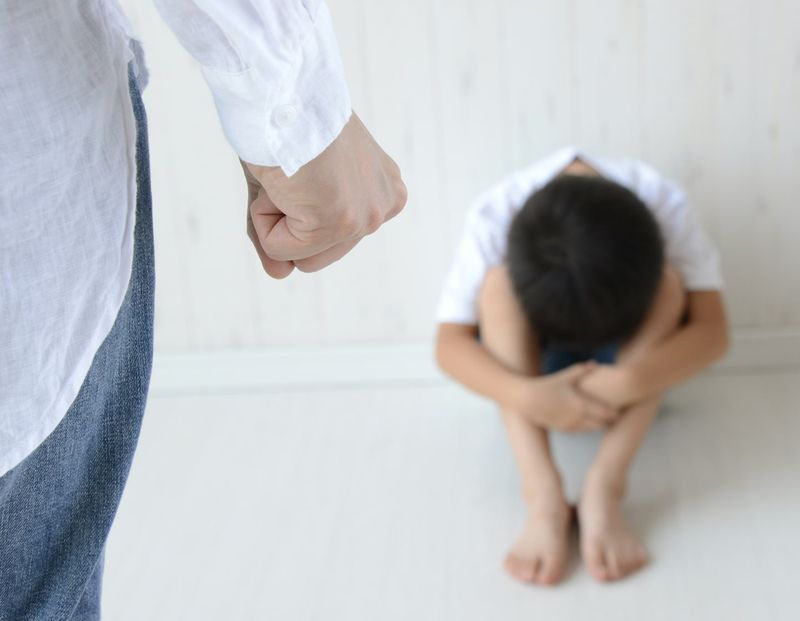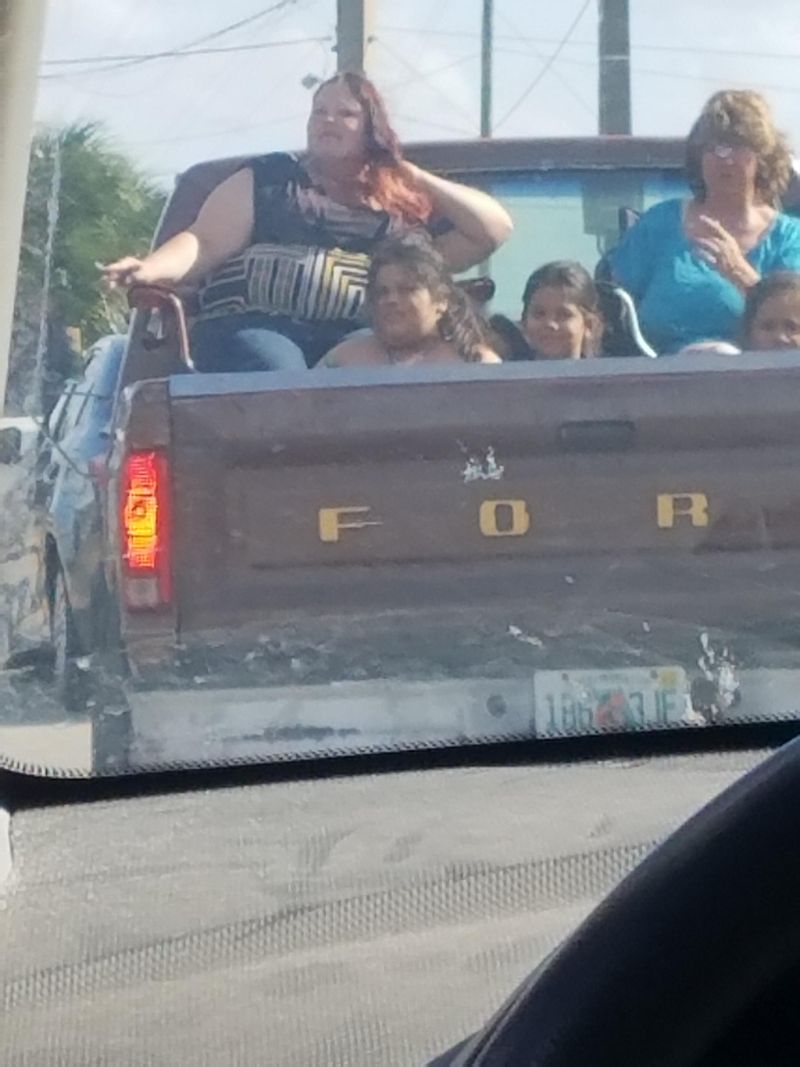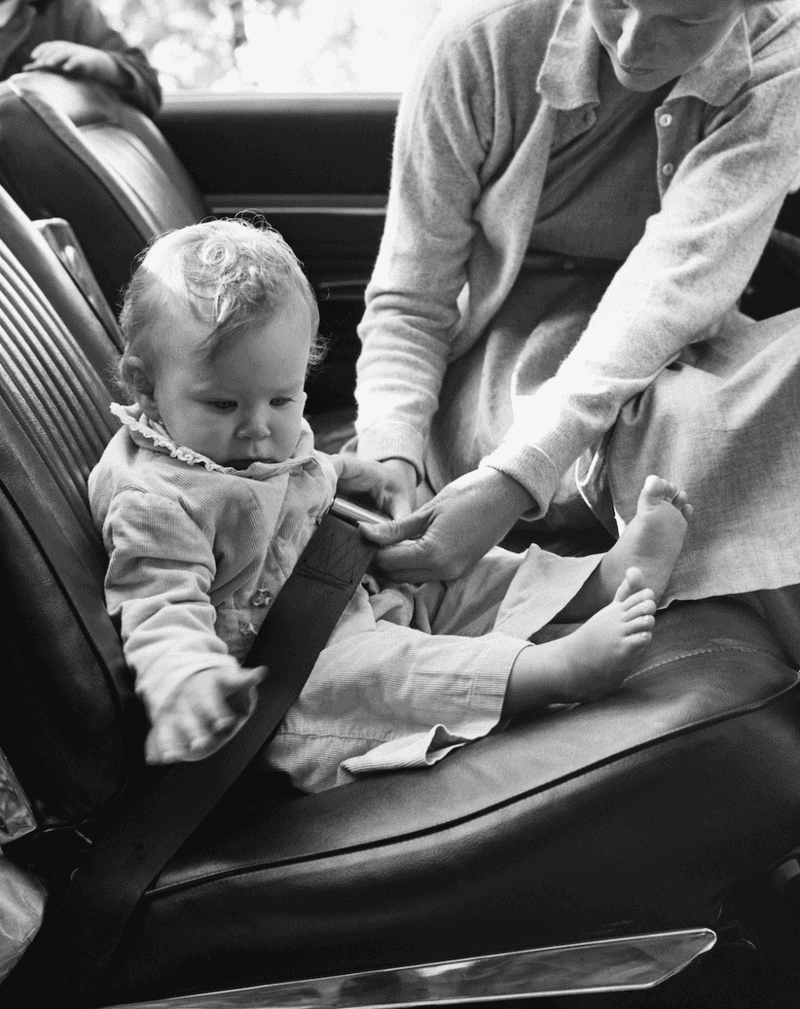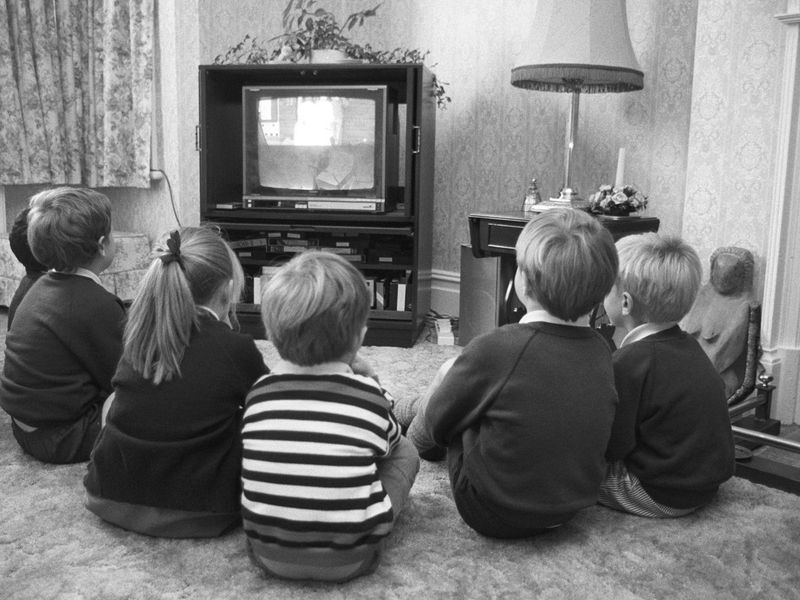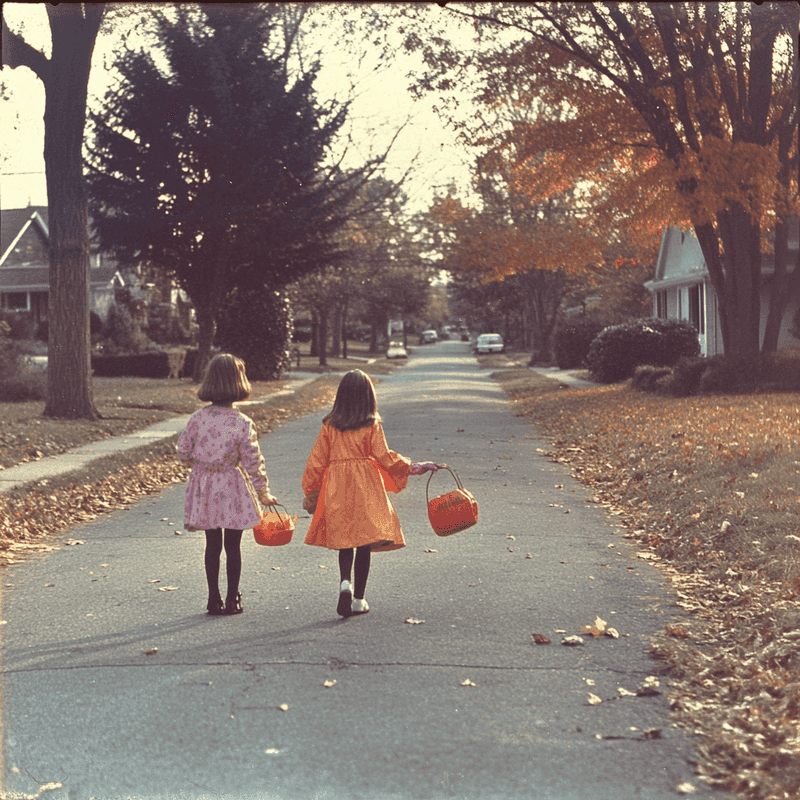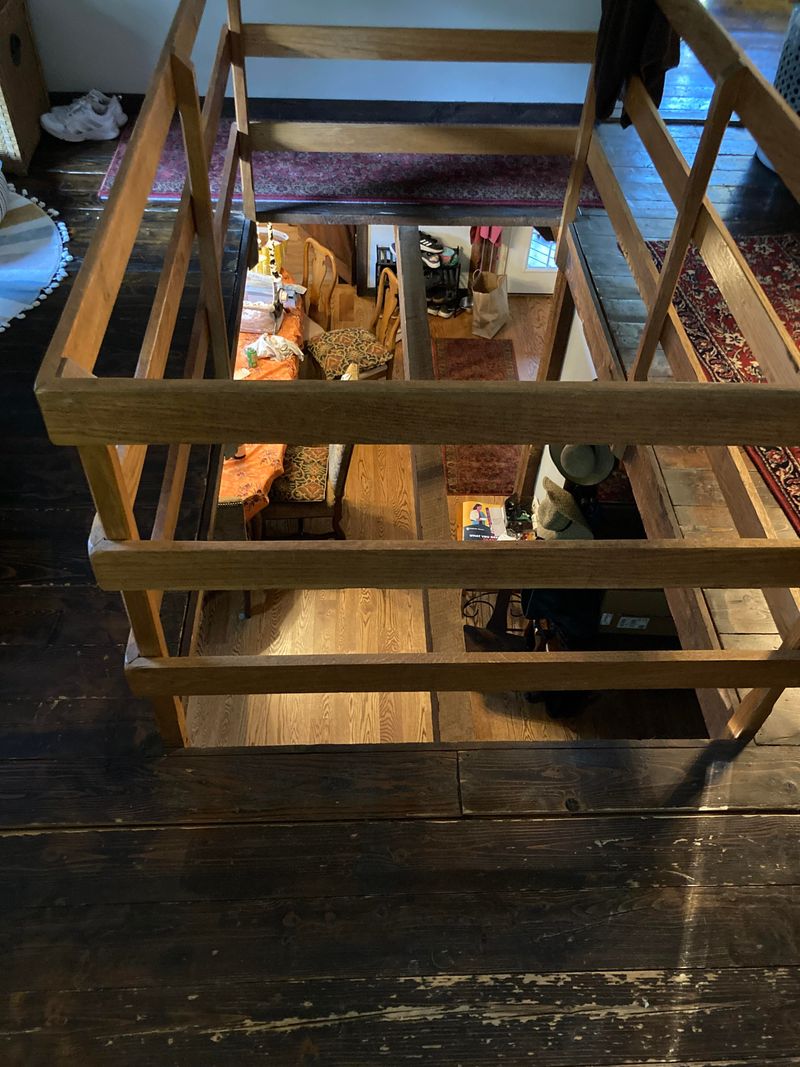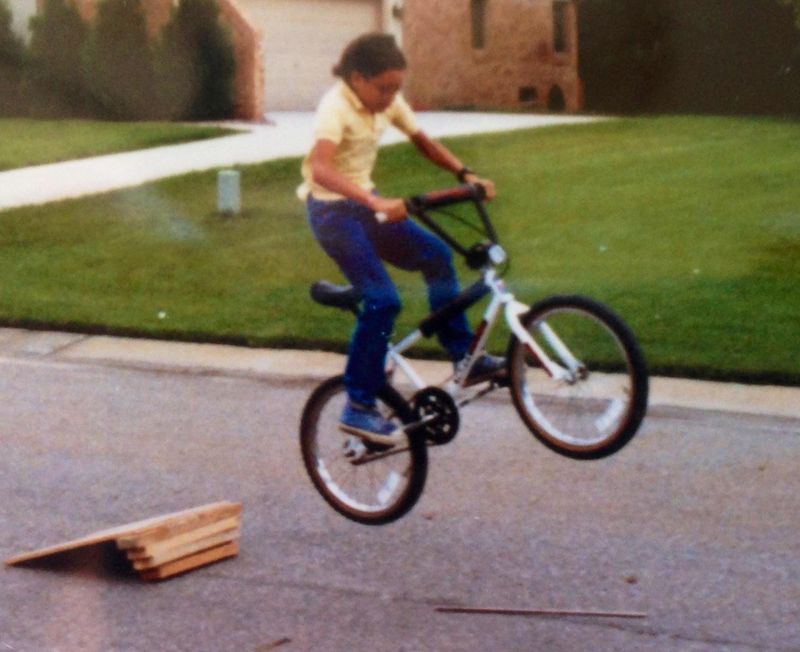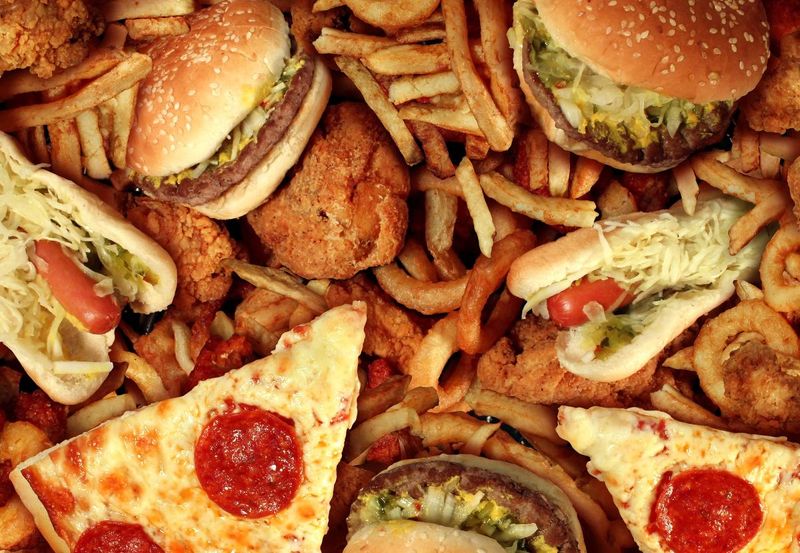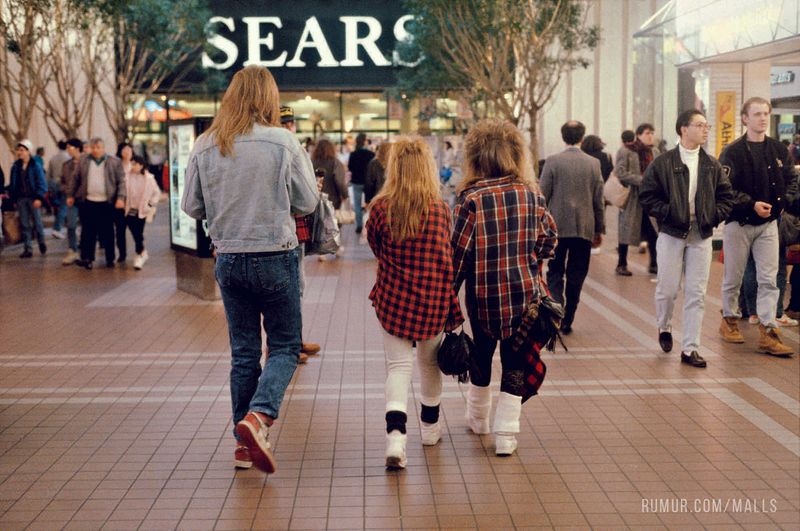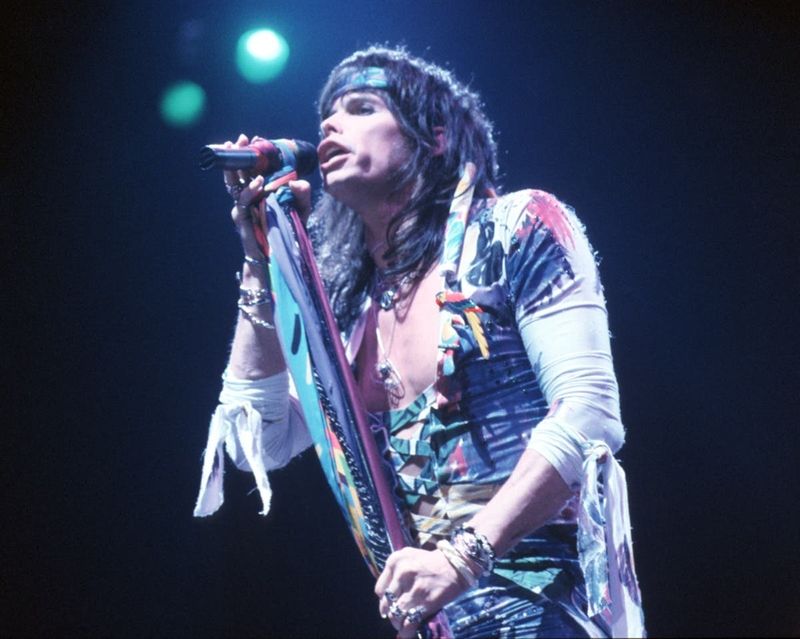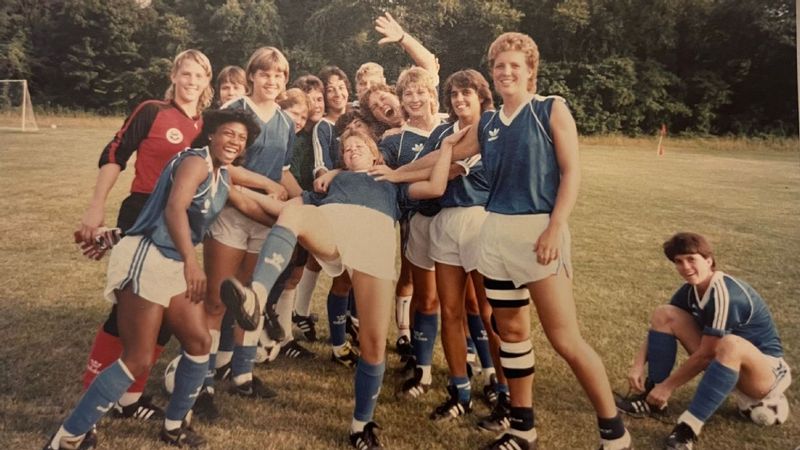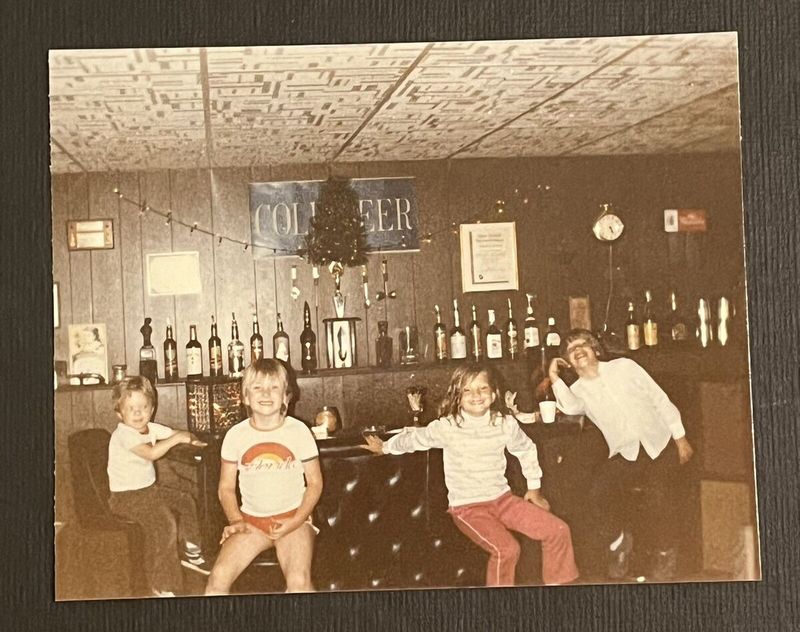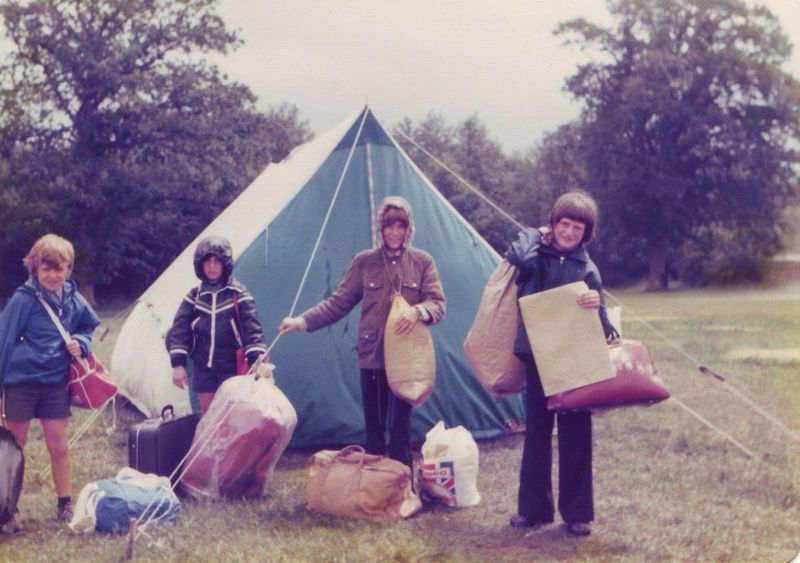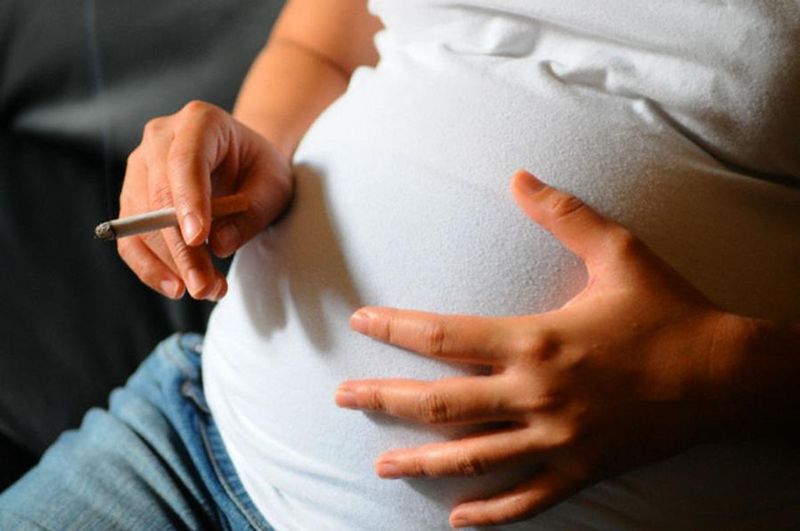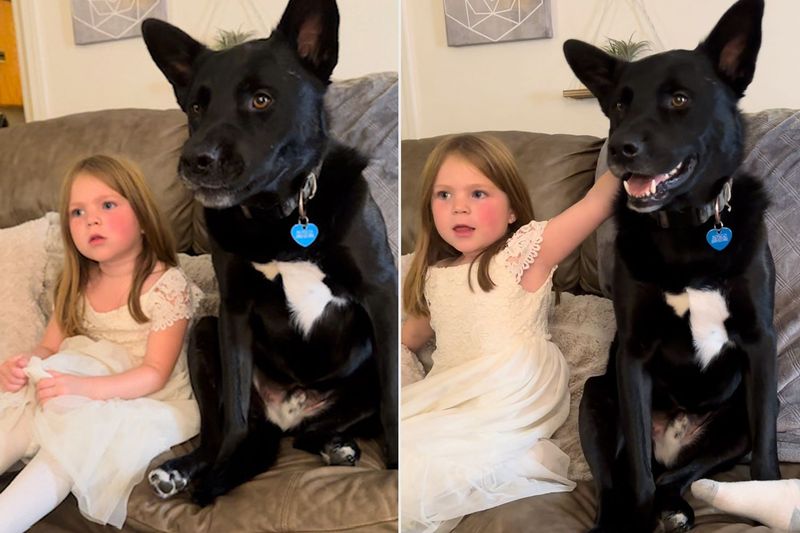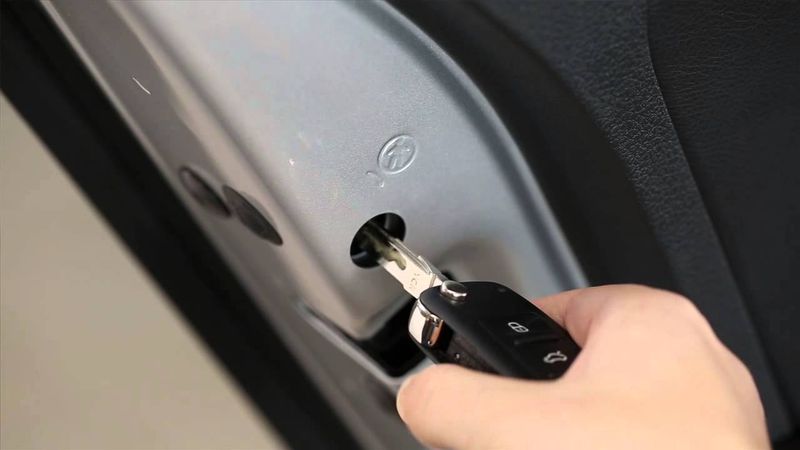The 1980s was a time of vibrant culture, bold fashion, and distinct parenting practices. Many of these practices were considered normal at the time but would raise eyebrows today.
From children roaming free outdoors without supervision to relaxed car safety, the 80s was an era of freedom that would be seen as risky by modern standards.
Join us as we explore 20 intriguing things parents did in the 80s that might raise controversy in today’s more cautious world.
1. Riding Without Seatbelts
In the 1980s, car safety was viewed through a different lens. Seatbelts were not mandatory in many places, and parents often allowed children to ride unrestrained. This practice seemed normal back then. However, in today’s world, it would be considered extremely risky.
Car rides were often seen as opportunities for kids to roam freely in the vehicle. Parents trusted children to stay safe, even in the absence of restraints.
This freedom starkly contrasts with contemporary safety standards, where child seats and seatbelts are non-negotiable for every journey.
2. Playing Outdoors Unsupervised
The 80s were a time when children often played outside unsupervised, exploring and adventuring in their neighborhoods. Parents believed that this freedom encouraged independence and creativity.
The absence of constant supervision was not seen as neglect but as a normal part of childhood. Many cherish these memories of uninhibited play.
Today, this practice might be interpreted as risky due to increased awareness of safety concerns. Modern parents are more likely to supervise outdoor activities closely, balancing freedom with safety precautions.
3. Smoking Indoors Around Children
In the 80s, smoking indoors was common, even around children. The health risks associated with secondhand smoke were not as widely recognized or emphasized as they are today.
It was normal for parents to smoke in their homes, cars, and other enclosed spaces. Children were often exposed to smoke without much concern.
Nowadays, smoking indoors around children is widely discouraged and considered harmful. Increased awareness of health impacts has led to stricter smoke-free environments to protect young ones from exposure.
4. Using Physical Discipline
Physical discipline was more openly practiced and accepted in the 1980s, with many parents using spanking as a way to manage behavior. It was viewed as an effective disciplinary tool.
This approach was often seen as a parental right and part of normal upbringing. Families believed it taught respect and responsibility.
Today, the perspective has shifted significantly. Physical discipline is heavily debated, with many advocating for non-violent methods, recognizing the psychological impacts and advocating for alternative behavior management strategies.
5. Riding in the Back of Pickup Trucks
In the 1980s, it was not unusual for families to allow children to ride in the open back of pickup trucks. This was especially common in rural areas where roads were less trafficked.
The experience was considered fun and adventurous, a way for kids to enjoy the outdoors even while traveling. Parents saw it as a harmless thrill.
Today, this practice is seen as dangerous due to the lack of protection and safety measures. Modern regulations often prohibit riding in the back of pickup trucks to prevent injuries.
6. Limited Car Seats Usage
Car seat usage was not as strictly enforced in the 1980s. Many parents didn’t use car seats for their young children, relying instead on regular seats or simply holding them.
This relaxed approach stemmed from a lack of strict regulations and widespread awareness. Parents often prioritized convenience over safety in this regard.
In contrast, today’s parenting emphasizes the importance of car seats to protect children in accidents. Stricter laws and improved car seat technology have made them indispensable for child safety.
7. Leaving Kids Alone at Home
In the 80s, it was common for parents to leave kids home alone for short periods. This was seen as a way to teach responsibility and independence.
Children were often trusted to handle themselves, whether playing, doing homework, or watching TV. Parents believed this helped build self-sufficiency.
Modern parents are more cautious about leaving children unattended, often arranging for babysitters or caregivers. There’s greater awareness and concern about safety and security, prompting more supervised environments.
8. Unrestricted TV Watching
Television in the 80s was a major entertainment source, and many parents allowed unrestricted TV viewing for their children. Cartoons and shows captivated young audiences for hours.
Parents often saw TV as a harmless way to keep kids entertained while they managed household tasks. This lax approach was common in many homes.
Today, screen time is more regulated, with parents mindful of content and duration to balance entertainment with other activities. Concerns about screen addiction and content influence have altered TV-watching habits significantly.
9. Unsupervised Trick-or-Treating
Halloween in the 80s was a time of unsupervised adventure for many children. Parents often allowed kids to trick-or-treat without tagging along, trusting their neighborhood’s safety.
This independence was part of the Halloween thrill and excitement. Groups of children roamed freely, collecting candy door-to-door.
Today, parents are more likely to accompany their children, ensuring safety with closer supervision. The shift reflects heightened awareness of potential dangers, emphasizing secure and monitored trick-or-treating experiences.
10. Minimal Baby Proofing
In the 80s, baby-proofing homes was not as extensive or prioritized as it is today. Parents often relied on teaching their children about dangers directly rather than modifying the environment.
Homes often had minimal baby-proofing measures, with sharp corners, accessible cabinets, and unsecured furniture. Parents believed in fostering awareness and caution in children.
Nowadays, parents extensively baby-proof homes to prevent accidents, using gates, locks, and padding. The emphasis is on creating a safe environment to protect toddlers from potential hazards as they explore.
11. Lack of Bicycle Helmets
Bicycle helmets were not commonly used by children in the 1980s. Kids often rode their bikes without any protective headgear, enjoying the freedom and thrill.
Parents saw biking as a safe activity and did not emphasize helmets, focusing more on enjoyment and exercise. This lack of helmet use was widespread.
Today, helmets are an essential safety requirement for biking, with parents insisting on their use to protect against head injuries. Awareness of safety standards has increased, making helmets a non-negotiable part of biking for children.
12. Allowing Junk Food Meals
In the 1980s, junk food meals were a convenient option for busy parents. Fast food and sugary snacks were common in children’s diets, often replacing home-cooked meals.
Parents leaned on these options for ease and quick satisfaction, with less focus on nutritional balance. Junk food was a treat and a regular part of weekly meal plans.
Today, there’s a greater emphasis on healthy eating, with parents more mindful of nutritional content. Balanced diets and home-cooked meals are prioritized, aiming to instill healthy habits in children from a young age.
13. Unattended Mall Visits
Malls were popular social hubs in the 80s, and many parents allowed teenagers to visit them without supervision. This was a way for teens to socialize and gain independence.
Parents trusted their children to navigate these public spaces responsibly, fostering a sense of autonomy. Mall visits were a part of growing up.
Today, parents are more cautious, often accompanying younger teens or setting strict rules for mall visits. Concerns about safety and peer influence have shifted how parents manage such outings.
14. Attending Rock Concerts Alone
Attending rock concerts was a thrilling experience for many teenagers in the 80s, and some parents allowed them to go alone or with friends. Concerts were seen as safe places for teens to enjoy music.
The independence granted was a sign of trust, with parents believing their children could handle themselves in such environments. Rock music was a cultural staple.
Today, parents may be more wary of unsupervised concert attendance, considering potential risks and ensuring their children are in safer environments with adult oversight.
15. Limited Supervision During Sports
Sports in the 80s often involved less parental supervision. Parents would drop their children off at practice or games and return later, trusting coaches to oversee them.
This hands-off approach was common, allowing kids to engage in sports independently. Parents valued the trust and responsibility given to their children.
Today, parents are more involved, often attending practices and games, supporting and ensuring their child’s well-being. The increased involvement reflects a shift towards more active participation in children’s extracurricular activities.
16. Bringing Kids to Bars
In the 80s, it was not unusual for parents to bring children to bars or pubs, especially in community or rural settings. This was seen as part of social outings.
Parents viewed these visits as harmless, often involving family-friendly areas and activities. Children accompanying parents wasn’t discouraged.
Today, such practices would be questioned due to the adult-oriented nature of bars. Parents are more likely to separate family activities from adult social settings, focusing on child-friendly environments that ensure appropriate exposure.
17. Minimal Supervision on School Trips
School trips in the 80s often had fewer adult chaperones, with teachers relying on students to stay together and manage themselves. This fostered independence and peer cooperation.
Parents trusted schools to handle their children, with less concern about strict supervision. Such experiences were considered part of the learning process.
Today, more adults are involved in school trips to ensure safety, with structured schedules and closer monitoring. The change reflects heightened concern for children’s security, ensuring a balanced mix of freedom and oversight.
18. Smoking During Pregnancy
In the 1980s, smoking during pregnancy was not uncommon, as the health risks were not as prominently highlighted as today. Many expected mothers continued smoking without much societal pressure to quit.
This practice was often seen as a personal choice, with less emphasis on potential harm to the unborn child. It was a different era of health awareness.
Today, smoking during pregnancy is strongly discouraged, with medical advice and public health campaigns stressing the dangers to both mother and baby. The shift underscores increased knowledge and health-conscious parenting practices.
19. Allowing Pets as Babysitters
In the 80s, some parents relied on family pets to watch over young children at home. Pets were trusted companions and part of the family, seen as capable of keeping kids company.
This informal arrangement was based on trust in the pet’s protective instincts and the child’s ability to play safely. It was a unique aspect of 80s parenting.
Today, leaving children with pets as ‘babysitters’ would raise concerns about safety and supervision. Modern parenting emphasizes direct human oversight to ensure children’s well-being and safety.
20. Driving Without Child Locks
Child locks in cars were not as prevalent in the 80s, and many parents didn’t use them. Children had access to door handles, trusting them not to open doors during drives.
This lack of precaution was based on a different understanding of safety, with parents teaching children to behave responsibly in vehicles.
Today, child locks are standard, enhancing car safety to prevent accidents and ensure peace of mind. Modern parents prioritize these features for added security, reflecting an evolution in safety standards and parental vigilance.
